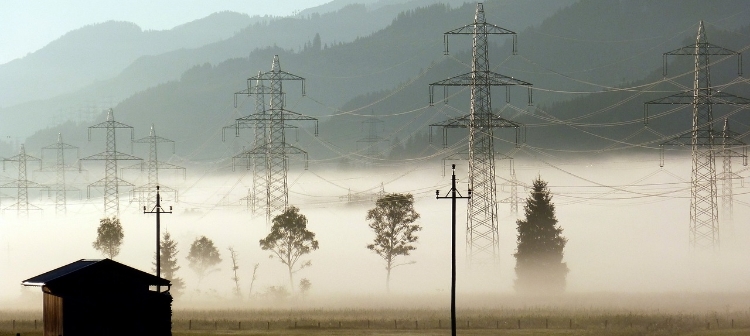
Does your utility sell you power from its own power plants, or procure power on the open market on your behalf? Do you have the right to shop around for your electric power among competitive providers? Do other states do this the same way? Do you even know?
Now you can know all this - and more.
AEE now has the information you need about utility structure on PowerPortal - your one-stop shop for high-value information about each state’s energy policies and key players.
PowerSuite users: go to the portal, click on any state on the map, click on the “utilities” tab on the left, and see utility structure broken down by utility. Which states are restructured? Which utilities own what assets? Which states have customer choice? See this alongside other utility data already in the PowerPortal, including utility ROEs, schedules for key recurring proceedings, availability of time varying rates, and much, much more! Everybody else: sign up for a free trial here.
Before you dive into the data, check this out:
5 Facts on Utility Structure to Know and Tell
-
Electric utilities are structured in many ways. Municipal and cooperative utilities generally own generation, transmission, and distribution assets, but structures for investor-owned utilities (IOUs) vary significantly. Some utilities own power plants, transmission, and distribution, whereas others have spun off generation, transmission or both, as separate businesses through restructuring ordered by legislation or by PUCs in their states. (All utilities own the distribution lines that deliver power to homes and businesses.) Some utilities have captive customers, while others have to compete with other power providers their customers can choose.
-
The most common utility structure is vertical integration. The traditional definition of a “vertically integrated” utility is one that owns all levels of the supply chain: generation, transmission and distribution. Historically, all utilities were vertically integrated and had a monopoly on the production and sale of power. Then, in the 1990s, “restructuring” began to occur, whereby utilities lost their exclusive right to sell power. According to EIA, “Restructuring means that a monopoly system of electric utilities has been replaced with competing sellers.” 36 states have only vertically integrated IOUs, while the majority of IOUs in the PJM and ERCOT territories and throughout the Northeast are restructured, offering customer choice.
-
Vertically integrated doesn’t always mean the same thing. We often think of vertically integrated utilities as owning all of their generation, but vertically integrated utilities actually have a variety of different relationships to generation. Some supply energy to their customers almost exclusively from generation that they own (and included in their rate base), while other vertically integrated utilities, like the big three in California, own a minority of their own generation supply and procure the rest through PPAs from independent power producers. Furthermore, while utilities generally have to have a monopoly over power sales to their customers to be considered vertically integrated, utilities in a few states offer limited choices for some customer classes (California, Georgia, Michigan, Nevada, Oregon and Virginia).
-
Utilities can have different structures within the same state. For example, in Michigan most of the utilities own generation but have divested transmission, whereas Indiana Michigan Power still owns both. Ohio may have the most complicated arrangement in the country: one utility owns generation, transmission, and distribution, another owns transmission and distribution, and two own distribution networks only.
-
Montana Power Co. basically restructured itself out of existence.
Ready to dive in? Sign up for a free trial PowerPortal here and start browsing and searching!
